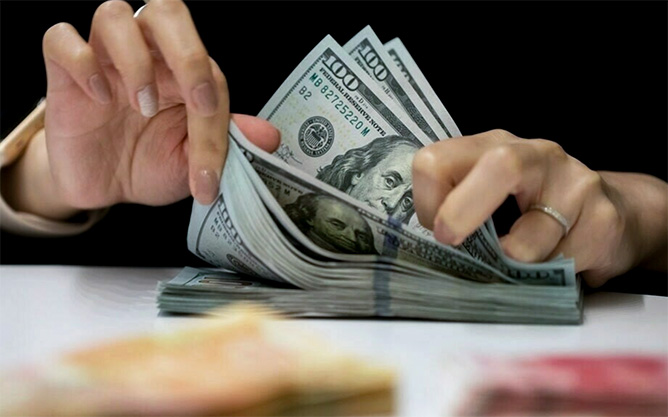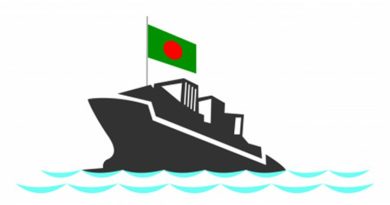Bangladesh spent almost half of its total foreign aid inflows in FY25 to service external debt, reflecting mounting pressure on the country’s fiscal sustainability, according to official data.
Economic Relations Division (ERD) figures show the government received $8.11 billion in external loans during the fiscal year but repaid $4.087 billion — the highest debt repayment in the country’s history.
In comparison, Bangladesh repaid $3.37 billion in FY24, $2.67 billion in FY23, and $2.02 billion in FY22, underscoring a steep upward trend in repayment obligations.
Out of the total repayment in FY25, $1.5 billion went towards interest payments, while $2.59 billion was used to repay the principal amount of medium- to long-term loans.
Officials attributed the rising repayment burden to the government’s aggressive external borrowing spree in recent years to fund major infrastructure and development projects.
A senior ERD official warned that repayments are poised to climb further in the coming years, as grace periods on large foreign loans start expiring — particularly those related to infrastructure megaprojects.
In FY25, development partners including the World Bank (WB), Asian Development Bank (ADB), and Japan disbursed $8.518 billion in aid, of which $8.11 billion was in the form of loans and $404.56 million as grants.
However, both foreign aid disbursements and fresh commitments dipped in FY25 compared to the previous year. Total commitments stood at $8.323 billion — down by $2.415 billion from FY24 — while disbursements dropped by $1.715 billion year-on-year.
An ERD official highlighted FY27 as a critical point when Bangladesh begins repaying the $11.38 billion Russian loan for the Rooppur nuclear power plant. Repayments for several other budgetary support loans—sourced during the economic crisis of the former Sheikh Hasina government—are also scheduled to begin then.
“These budgetary loans carry shorter maturities and grace periods, meaning repayments will start in full swing by the next fiscal year,” the official said. “The debt servicing burden is expected to escalate annually.”
Bangladesh’s reliance on external borrowing, often under hard-term conditions, has led to growing concern among analysts about the long-term sustainability of its debt profile — particularly as development financing tightens and fiscal pressures rise.






